As technology advances, cyberattacks are becoming more sophisticated. With the increasing use of technology in our daily lives, cybercrime is on the rise, as evidenced by the fact that cyberattacks caused 92% of all data breaches in the first quarter of 2022. Staying current with cybersecurity trends and laws is crucial to combat these threats, which can significantly impact business development.
In 2023, the cybersecurity market is expected to see new trends, and businesses must be adequately prepared for any developments. Andrey Slastenov, Head of Web Security at Gcore, shares his insights on these trends in this article.
1 — Application security#
As businesses shifted online to stay afloat during the pandemic, the forecast for application security spending is projected to surpass $7.5 billion, according to Statista.
 |
| Source |
However, every application might be susceptible to hacking, zero-day attacks, and identity theft. Ensuring application security demands professionals write secure code and design secure application architecture, implement robust data entry verification, and address vulnerabilities promptly to prevent unauthorized access or modification of application resources.
2 — Cloud security#
According to more data by Statista, cloud security is the fastest-growing segment in the IT security market, with a projected growth of nearly 27% from 2022 to 2023. This is mainly due to the increasing demand for cloud solutions in the wake of the COVID-19 outbreak. While more companies are choosing cloud data storage for its convenience and faster accessibility, there is also a growing need to secure cloud data during both transmission and storage to prevent unauthorized access.
3 — Mobile security#
The mobile phone has replaced our trips to the banks, stores, and outings with friends. With just a few taps in an app, we can order any service or product without leaving the couch. Every app stores our data, search and order history, and location information. The number of attacks in this sector will continue to grow along with the market, and malicious actors will exploit simple opportunities in e-commerce, banking services, and online booking to take advantage whenever possible.
4 — IoT#
As a result of home automation using IoT, the supply of devices for "smart" homes is expected to reach 1.8 billion by 2025. Smart devices, smart homes, and voice assistants have become integral to our lives. However, we need to remember that each such device can be hacked and taken over by a cybercriminal. For example, the percentage of hacking automotive systems is growing—safety airbags, climate control, and other essential functions are increasingly connected to the Internet. It is expected that with the expansion of the number of automated vehicles on the roads in 2023, the number of attempts to take them over or eavesdrop on conversations will also rise.
Protect your website or app from DDoS attacks with Gcore's global DDoS protection service. With over 1 Tbps filtering capacity, Gcore can detect low-frequency attacks from the first query and block them by sessions, not IP addresses. Their own scrubbing centers around the world ensure no delays or performance degradation during an attack. Get advanced protection and 24/7 technical support with Gcore. Try it for free today.
5 — Remote work and attacks on corporate networks#
Remote work has relaxed the control companies have over their employees' safe use of data. Cybercriminals, along with those engaged in phishing and social engineering, have taken advantage of this loophole, using increasingly sophisticated attack methods to compromise networks.
Secure authentication management and authorized access to company data are the main methods of protecting this sector.
As mentioned above, social engineering is still a factor to be reckoned with and is also evolving. Over the years, attacks have become multi-channel, meaning that the same user receives phishing emails and is targeted through SMS and social media.
6 — Cyber insurance#
As cyberattacks and the levels of risk associated with them continue to grow, so do new related industries designed to mitigate these risks, including cyber insurance. Organizations turn to it to minimize threats and financial losses from attacks.
To obtain full insurance coverage, demonstrating a company's proper level of protection is increasingly becoming mandatory. Small and medium-sized enterprises may need help meeting the cyber insurance requirements that keep company data safe.
7 — Zero trust does not replace VPNs—yet#
The concept is based on "never trust, always verify." In a zero-trust environment, users are constantly checked, reassessed, and reauthenticated using multiple authentication methods.
Gartner believes that Zero Trust Network Access (ZTNA) is the fastest-growing form of network security, which will grow by 31% in 2023 and completely replace VPNs by 2025.
8 — Artificial intelligence#
Artificial intelligence (AI) has already been successfully used in cyber defense. It is expected to become even more prevalent in 2023, particularly in monitoring, resource and threat analysis, and rapid response capabilities.
9 — Attack detection tools are no longer a luxury#
Each attack potentially leads to severe consequences because safeguards are either not in place or currently unavailable. A successful data breach can cost millions of dollars, and the amount depends directly on the type of attack and its duration, as well as the loss of reputation, customer loyalty, and the customers themselves. There are no forecasts or guarantees for any specific business or industry—any company that stores data on a network can be attacked.
The only way organizations can stop an attack or reduce its impact is to identify unusual activity across their entire ecosystem of users, applications, and infrastructure. That is why providers will increasingly use AI and ML.
Gartner predicts that the demand for cloud-based solutions for detection and response will significantly increase in the coming years.
10 — Outsourcing cybersecurity#
As cyberattacks become increasingly sophisticated, many companies need help to ensure a high level of security on their own. Therefore, the trend of protecting companies with expert service providers will flourish. Undoubtedly, cyber insurance has raised the bar for the level of protection, and now service providers will face higher demands.
Conclusion#
We have discussed cybersecurity trends based on the latest developments at the intersection of technology and business. Understanding these trends allows you to assess the risk of attacks for your industry, consider a protection implementation plan, and put it into action.
Gcore is an international leader in public cloud and edge computing, content delivery, hosting, and security solutions, with protection servers based on high-performance Intel® Xeon® Scalable processors. Learn how Gcore repelled a 650 Gbps attack in January 2023.


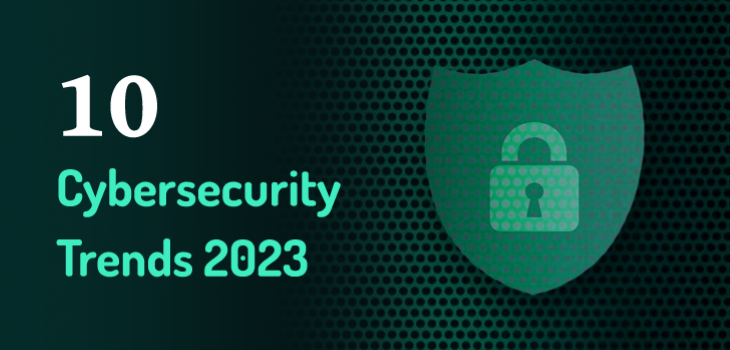


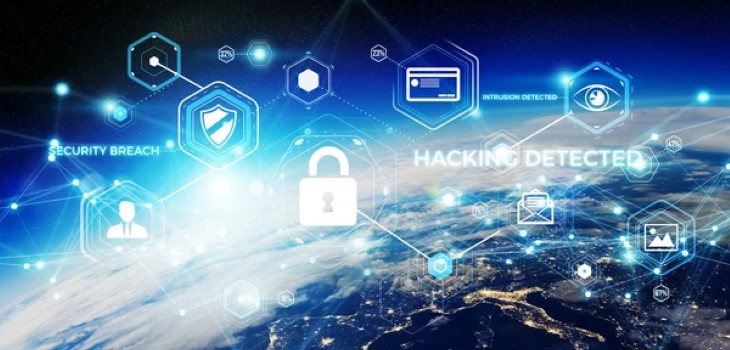

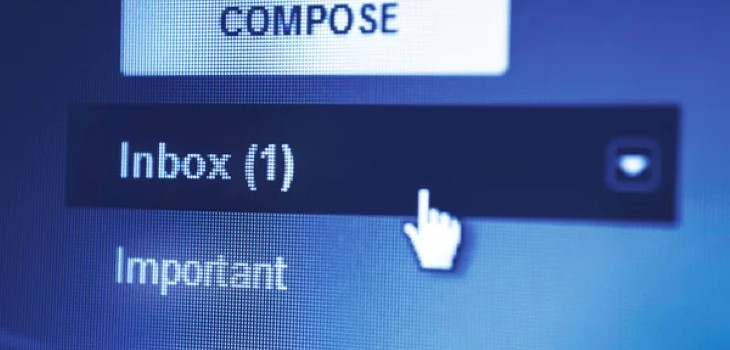
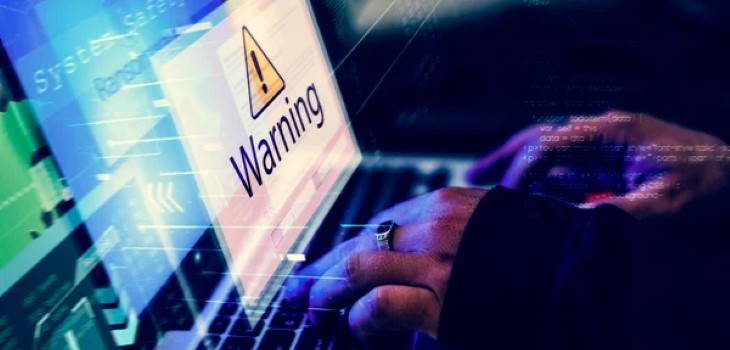
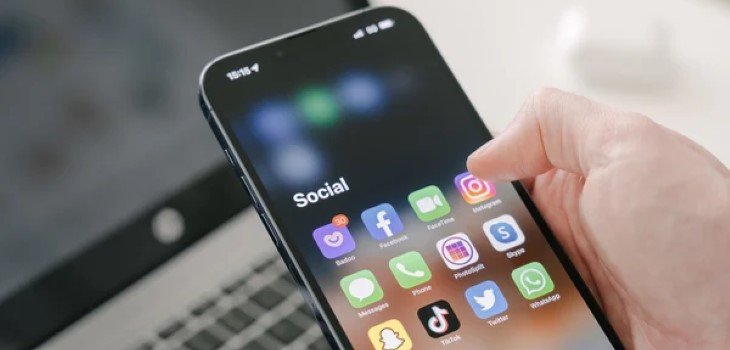
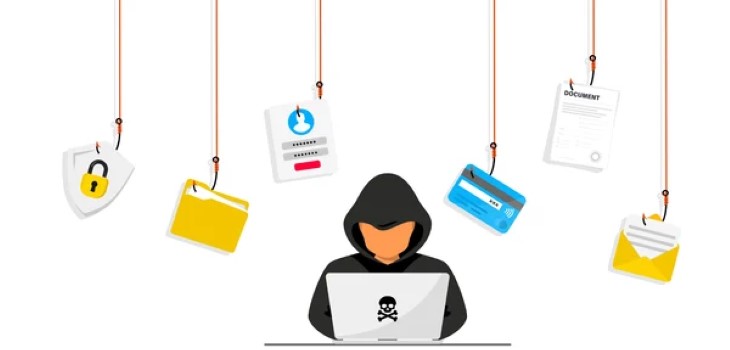

Leave A Comment